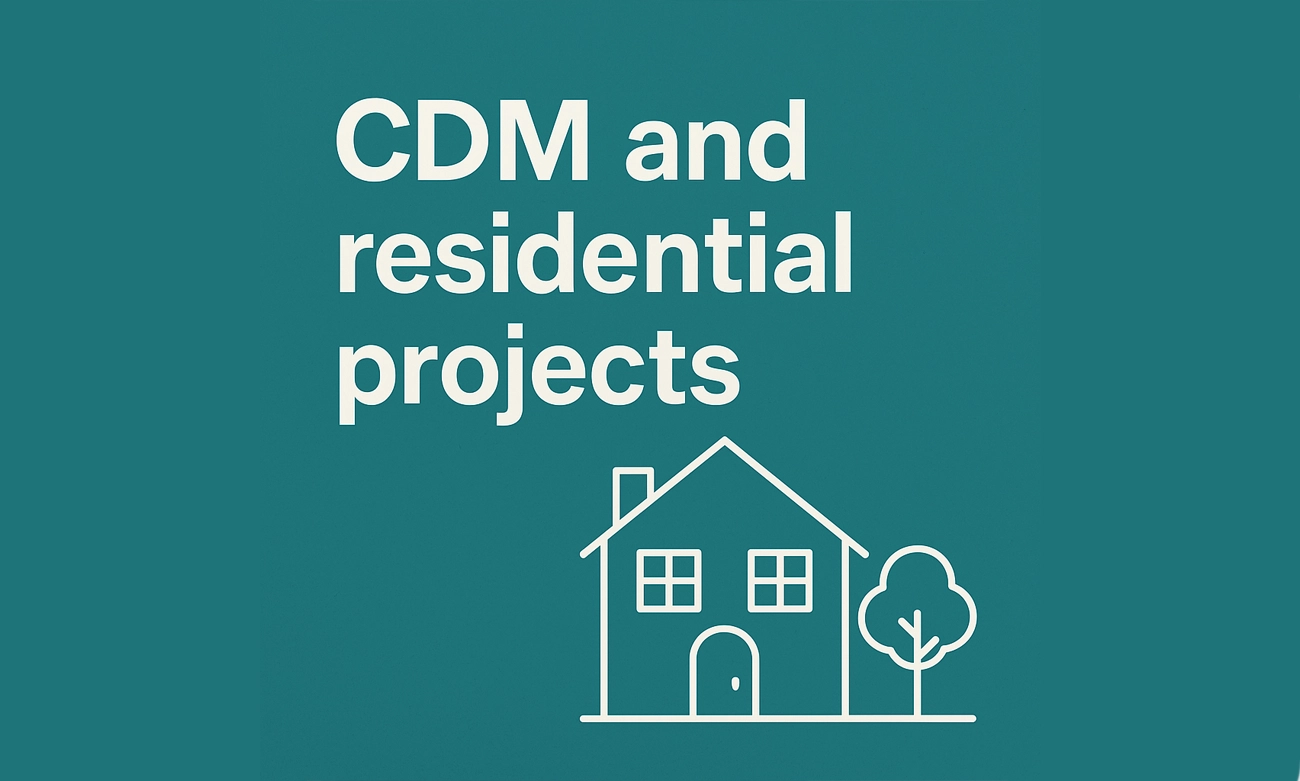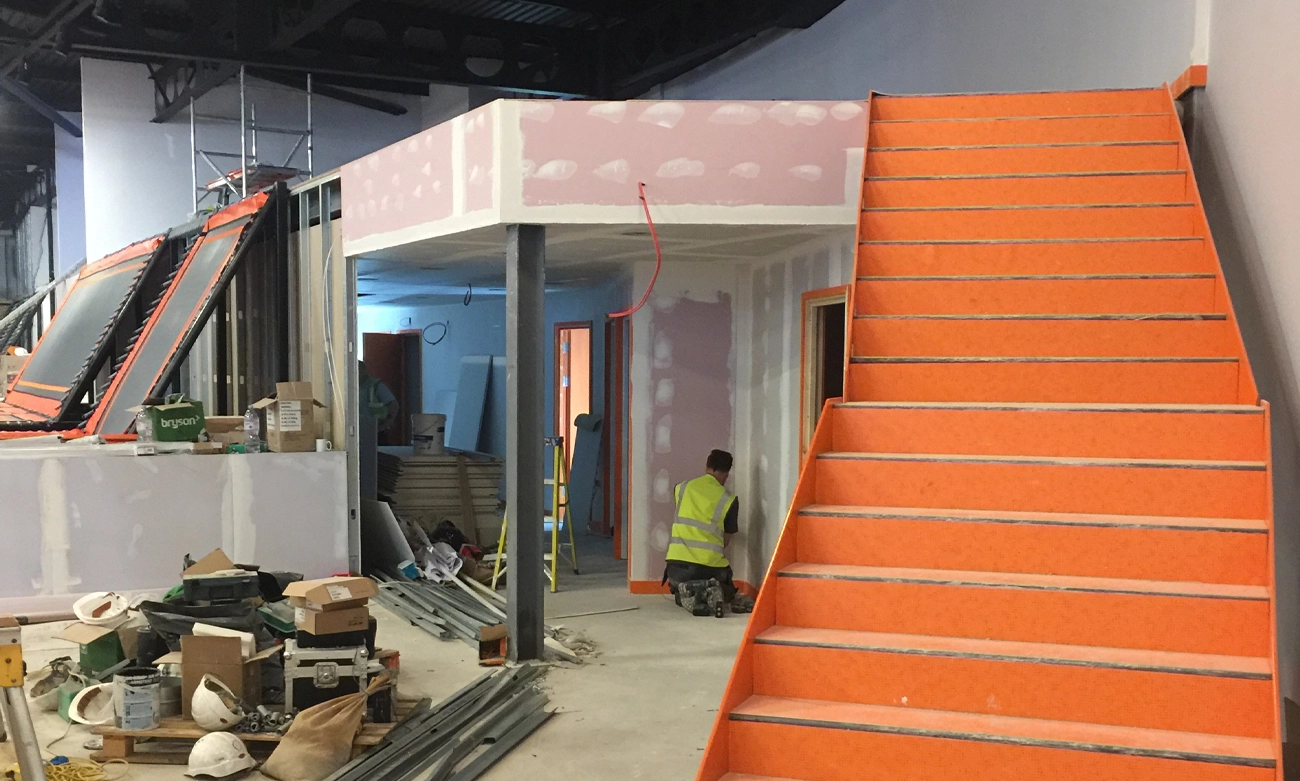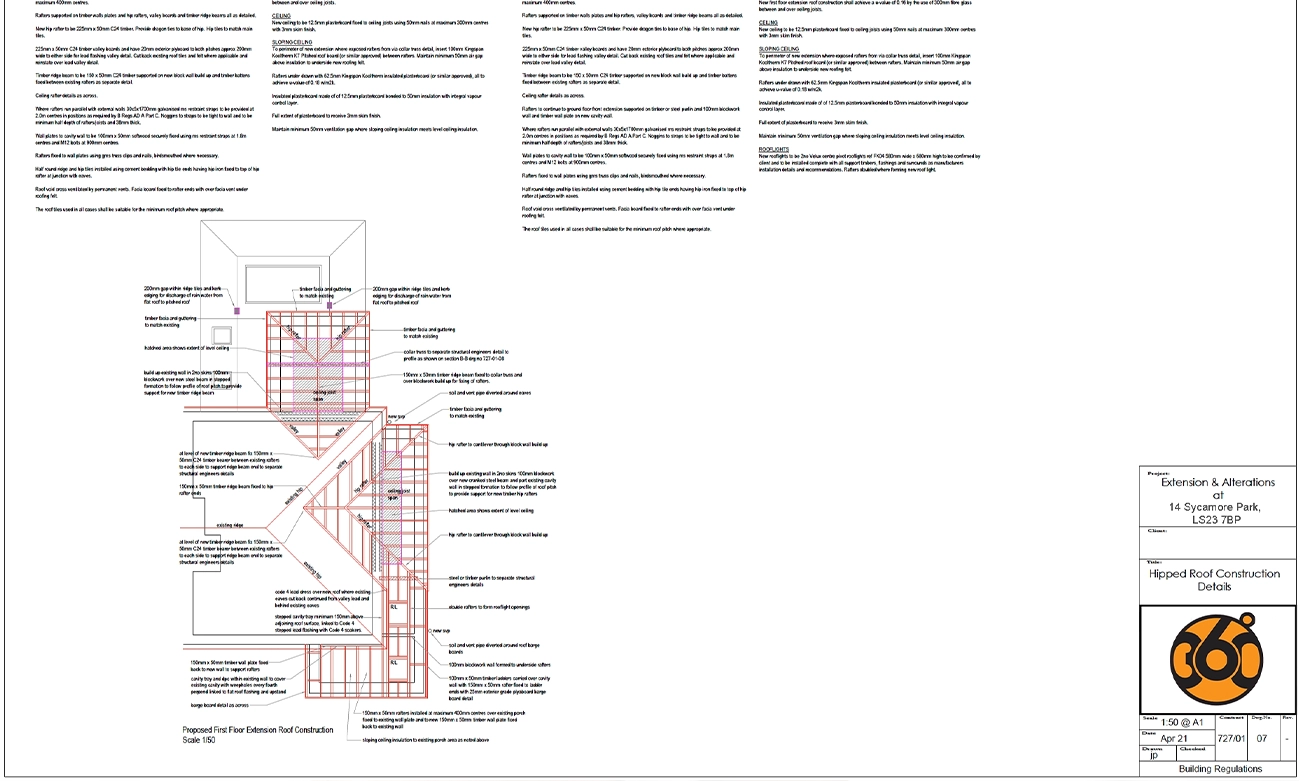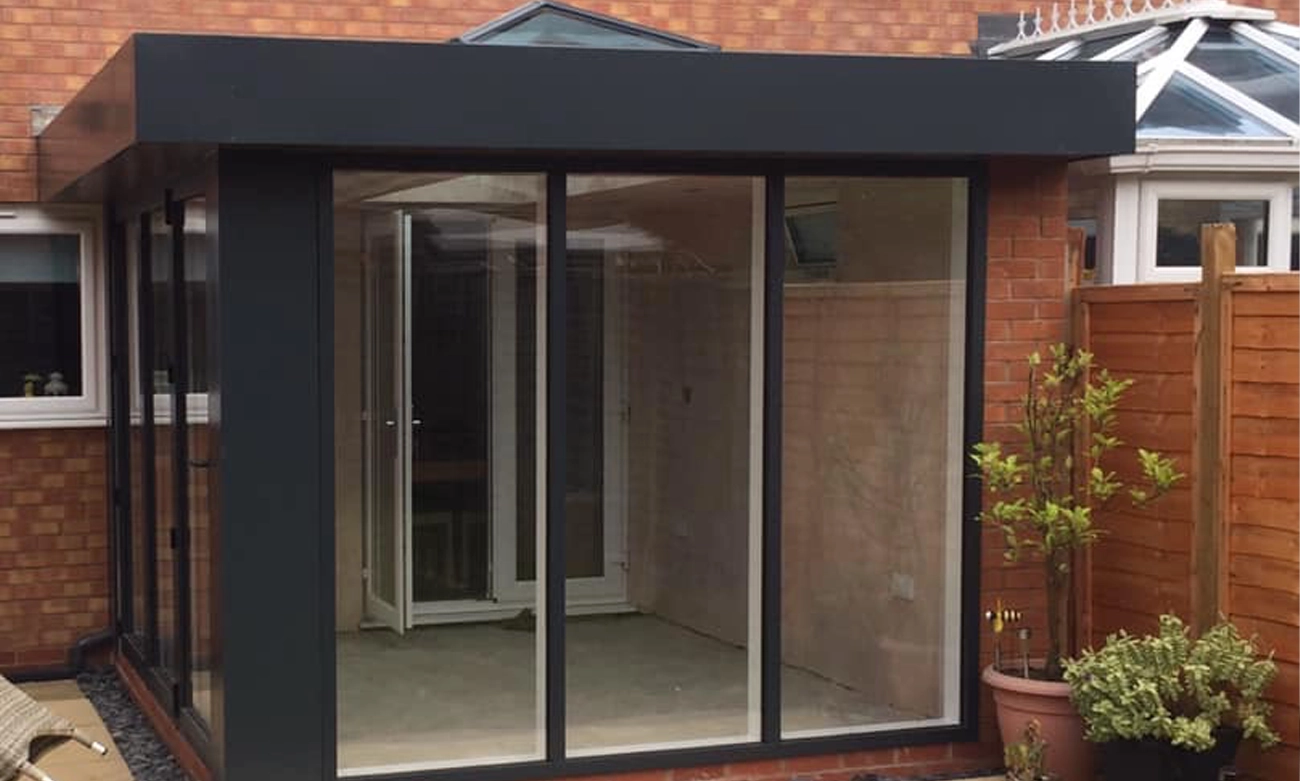
CDM and residential projects
Not all residential projects involve domestic clients. If the client is connected to a business—for example, a property developer or landlord—the project is not considered domestic under CDM regulations.
Some residential projects, such as work on houses or housing developments, may still fall under CDM 2015 as non-domestic if there’s a business involvement. In these cases, the project must be treated like any other construction project under the regulations, with all associated duties and responsibilities.
Even when a residential project does involve a domestic client, it must still comply fully with CDM 2015. If the project is notifiable (i.e. it meets the notification thresholds), it must be reported to the HSE. Additionally, if more than one contractor is involved, a principal contractor and principal designer must be formally appointed.
The key difference is that domestic clients are not responsible for notifying the HSE or appointing duty holders. Instead, these responsibilities are typically passed on to the contractor or designer in charge of the work.
This means that you may take on additional duties when working on residential projects for domestic clients, as certain client responsibilities are transferred to other members of the project team.
CDM and working for domestic clients
If you are a duty holder on a domestic project (e.g. a designer, a contractor, a principal designer or a principal contractor), you have the same requirements on domestic work as any other construction project.
You may even have additional requirements because the duties of the domestic client are transferred to the principal contractor (or contractor if only one). These duties can also be transferred to the principal designer in writing.
As we have already discussed, domestic clients are not expected to know the ins and outs of CDM. However, if you are working for a domestic client, as a contractor or a designer, you are expected to know about and comply with CDM 2015.
Contractors working for domestic clients
In your role as a contractor, you have contractor CDM duties that you must comply with. And those duties that the client escaped from (as a domestic client) transfer over to the contractor most of the time, so you have the CDM client duties to comply with as well!
CDM Duties on Residential Projects with Domestic Clients
Under CDM 2015, domestic client duties are automatically transferred to either the sole contractor or the principal contractor, unless a written agreement is made for the designer to take on this responsibility.
Who Takes on Domestic Client Duties?
If there’s only one contractor, the domestic client duties pass to you as the sole contractor.
If there is more than one contractor involved, the duties pass to the principal contractor.
As a sole contractor, you take on many of the same responsibilities that a principal contractor would have, including:
Creating the Construction Phase Plan
Managing health and safety on site
However, since you’re the only contractor, there’s no need to coordinate with others.
For a full breakdown of your responsibilities, read our free CDM Duty Holder Guide for Contractors.
Working Under a Principal Contractor
If you’re a contractor working under a principal contractor, you do not take on any domestic client duties. Your responsibilities remain the same as for any CDM project—simply comply with the standard contractor duties.
Principal Contractors on Domestic Projects
If you’re the principal contractor, either by appointment or by default, then domestic client duties transfer to you.
In addition to these duties, you’re also responsible for full CDM compliance on site, which includes:
Providing induction and welfare facilities
Preparing the Construction Phase Plan
Managing site safety and coordination of work
On domestic projects, formal appointment isn’t always necessary. If the client doesn’t make a written appointment, the contractor in control of the construction phase automatically becomes the principal contractor.
For more information, refer to our free Principal Contractor Guide.
Designers on Domestic Projects
If you’re a designer, your duties under CDM remain largely the same, but there’s one key difference:
If no one is formally appointed, and you are leading the pre-construction phase, you may automatically become the principal designer.
If more than one contractor is involved in the project (even briefly), a principal designer must be appointed. On domestic projects, this appointment doesn’t need to be in writing. If the client doesn’t do this, the designer in control of the pre-construction phase becomes the principal designer by default.
Domestic client duties do not automatically transfer to the principal designer. However, a domestic client can agree in writing to pass those duties on to the principal designer. If this happens, you’ll be responsible for both your designer duties and the client’s duties.
Check out our CDM Duty Holder Guide for Designers and Principal Designers to stay compliant.




Wayne Cooper
Vivamus elementum semper nisi. Aenean vulputate eleifend tellus. Aenean leo ligula, porttitor eu, antero consequat vitae, eleifend ac, enim. Aliquam lorem ante, dapibus in, viverra quis, feugiat a, tellus.
Doris Mitchell
Donec quam felis, ultricies nec, pellentesque eu, pretium quis, sem. Nulla consequat eliter massa quis enim. Donec pede justo, fringilla vel, aliquet nec, vulputate eget, arcu.
Aaron Kim
Etiam rhoncus. Maecenas tempus, tellus eget condimentum rhoncus, sem quam semper libero, sit amet adipiscing sem neque sed ipsum. Aliquam lorem ante, dapibus in, viverra quis, feugiat a, tellus.